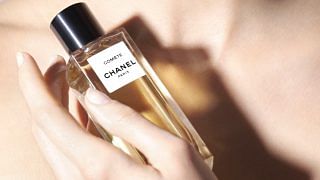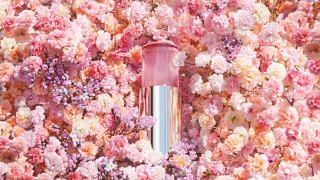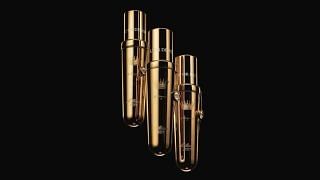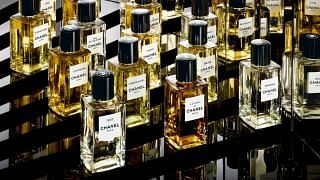#1: It purifies everything, including skin
“Just adding a few drops of moringa extract to polluted water will decontaminate it,” says Kazuhiko Maruyama, section manager of L’Oreal Research & Innovation Center. In cleansers, it claims to help brighten dull complexions (caused by air pollution such as smog and haze) by removing trapped impurities from skin’s surface. In skincare, it supposedly strengthens barrier function. “Thanks to its ability to neutralise harmful environment pollutants, moringa is especially beneficial for those with sensitive skin, which needs extra protection,” adds Fiona Kum, education manager for Lancome.
#2: It produces one of the best oils
In ancient times, the oil pressed from the seeds was prized by the Egyptians and Romans as a stable base for perfumery, and was also used by those dwelling in desert conditions as a nourishing and protective skin oil. Today, the oil is used in many beauty products from mascara (it supposedly keeps
lashes curled and defined while conditioning them) to luxury hair oils. “Apart from repairing and replenishing damaged hair fibres, moringa strengthens hair against environmental stress too,” says Teo Shi Yun, product manager for Kerastase.

#3: You can eat it too
“Moringa leaves are the most nutritious part of the tree,” says Lynn Ee, a Le Cordon Bleu-trained chef who now helms the kitchen of local organic bistro Poison Ivy. “It has more calcium than milk, more vitamin C than oranges, more vitamin A than carrots and more potassium than bananas.” Look out for them in Indian, Thai and Filipino cuisines (they are a common ingredient in curries and stir-fries). Poison Ivy serves Moringa Tempura made from leaves harvested from trees grown by its sister-farm Bollywood Veggies.
#4: It has powerful effects
“In India, the pods are used for ridding the body of parasites, and the oil from the seeds can be externally applied to treat gout and rheumatism,” says Ee. “The seeds are also used for fever relief and abdominal tumour treatments. In Aruba, they are crushed into a paste to apply onto warts.” Originating from India, the moringa tree now grows all across tropical Africa and South-east Asia (there’s even one in our office car park).
An adapted version first appeared in Female’s August 2013 issue.
Photos: Showbit.com















